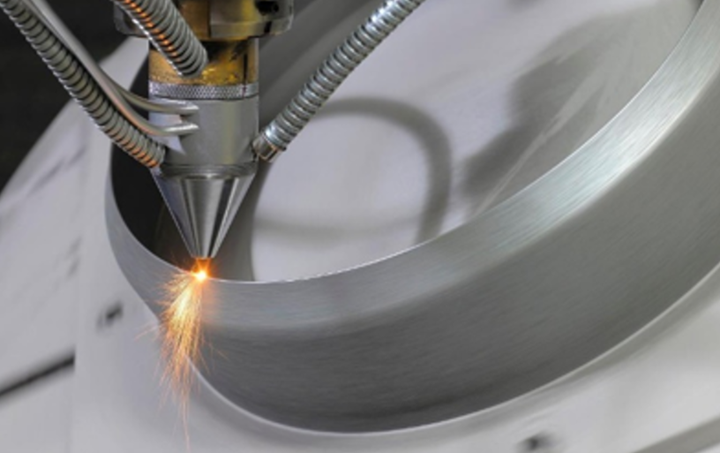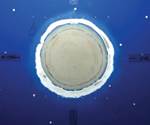Nadcap forms additive manufacturing task group
New task group will focus on all additive manufacturing activity within Performance Review Institute’s Nacap program.

(PRI), adminstrators of Nadcap, an critical process accreditation program for suppliers in the aviation, defense and space industries, is developing a new task group for additive manufacturing (AM).
The task group will oversee all additive manufacturing activity within the program, collaborating with Nadcap’s task groups on associated processes comprising 24 different technical commodities, each of which is chaired by industry professionals from aerospace OEMs that subscribe to the Nadcap program.
“Creation of the new AM Task Group is an important step for the aerospace manufacturing industry,” says Jay Solomond, Executive Vice President and Chief Operating Officer at PRI. “Together, we will work towards developing specific audit criteria for AM processes and ensure high-quality AM products are manufactured in accordance with the principles of the Nadcap program. The addition of additive manufacturing accreditation demonstrates how PRI and the Nadcap program continue to evolve to meet industry needs.”
The first (virtual) meeting of the Task Group will be held in May, with the objective of developing its remit and plan, followed by the first face-to-face meeting being held in Berlin, Germany, on Thursday June 29. Interested industry professionals are encouraged to participate. Information for the Nadcap Meeting in Berlin, where the Task Group will be held, can be found at .
Related Content
-
Orbital Composites wins award from U.S. Space Force to build space factories for antennas
Partners Axiom Space, Northrop Grumman Space Logistics and Southwest Research Institute will help advance ISAM technologies for kilometer-scale LEO antennas, space stations and GEO applications, targeting space factory in 3-5 years.
-
On the radar: Reusable launch vehicles, hypersonics make space more accessible
CFRP has become key to targeting efforts in reusing components like rocket stages, as well as the development of reusable hypersonic testbeds and spaceplanes, for increasing space commercialization.
-
Composites end markets: New space (2025)
Composite materials — with their unmatched strength-to-weight ratio, durability in extreme environments and design versatility — are at the heart of innovations in satellites, propulsion systems and lunar exploration vehicles, propelling the space economy toward a $1.8 trillion future.



